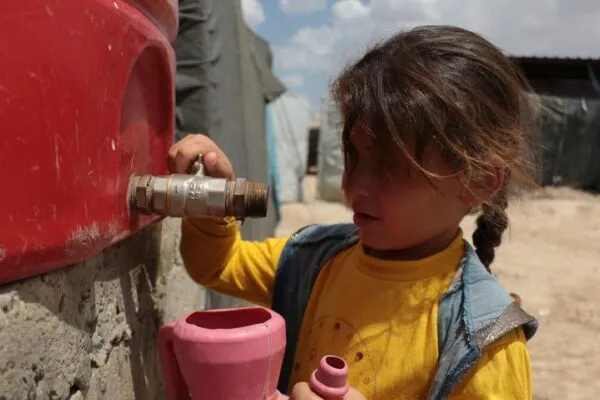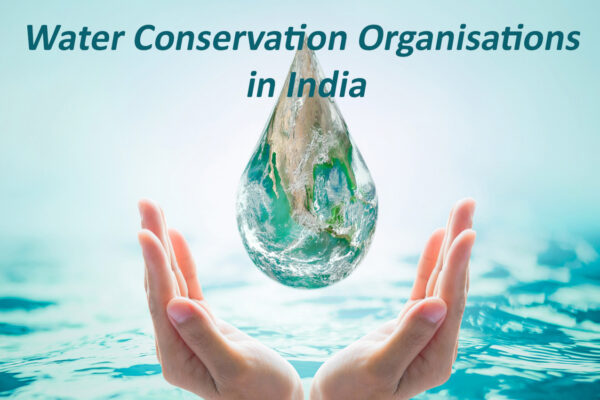How to Conserve Water at Home? Tips and Tricks to Adopt
Save the most precious of natural resources
Do you ever think about the tons of water wasted every day because most people don’t think about saving it, know how to, or simply don’t care? The earth has a limited freshwater resource, so it’s essential to conserve it for the environment and your pockets and life. It can reduce your bills and give you a few extra bucks to spend while conserving this precious resource for the future.
About half the population on this planet does not have access to clean drinking water and here we are wasting it like it comes from an endless supply. For those still wondering how to conserve water at home, here are a few tips and tricks that will help you and every living being.
Fix Leaks and Drips
One of the reasons for water waste is leaks, commonly caused by a broken flush valve and cracks in the toilet or damaged cartridges in the shower and faucet. Regardless of how tight you close the knob or lever, it continues to drip.
A drip rate of one drop every two seconds translates to a whopping 1,500 gallons of water wasted annually. Leaks can lead to water damage, mold, and structural problems in your home, so resolving them quickly has countless benefits.
Fortunately, most of these get solved by changing the leaky part. You can attempt DIY fixes to see if they work. For instance, you can turn off the valve in the faucet or patch up a hairline crack in the toilet bowl. For instructions, YouTube has thousands of tutorials for resolving these minor issues and making your home energy efficient.
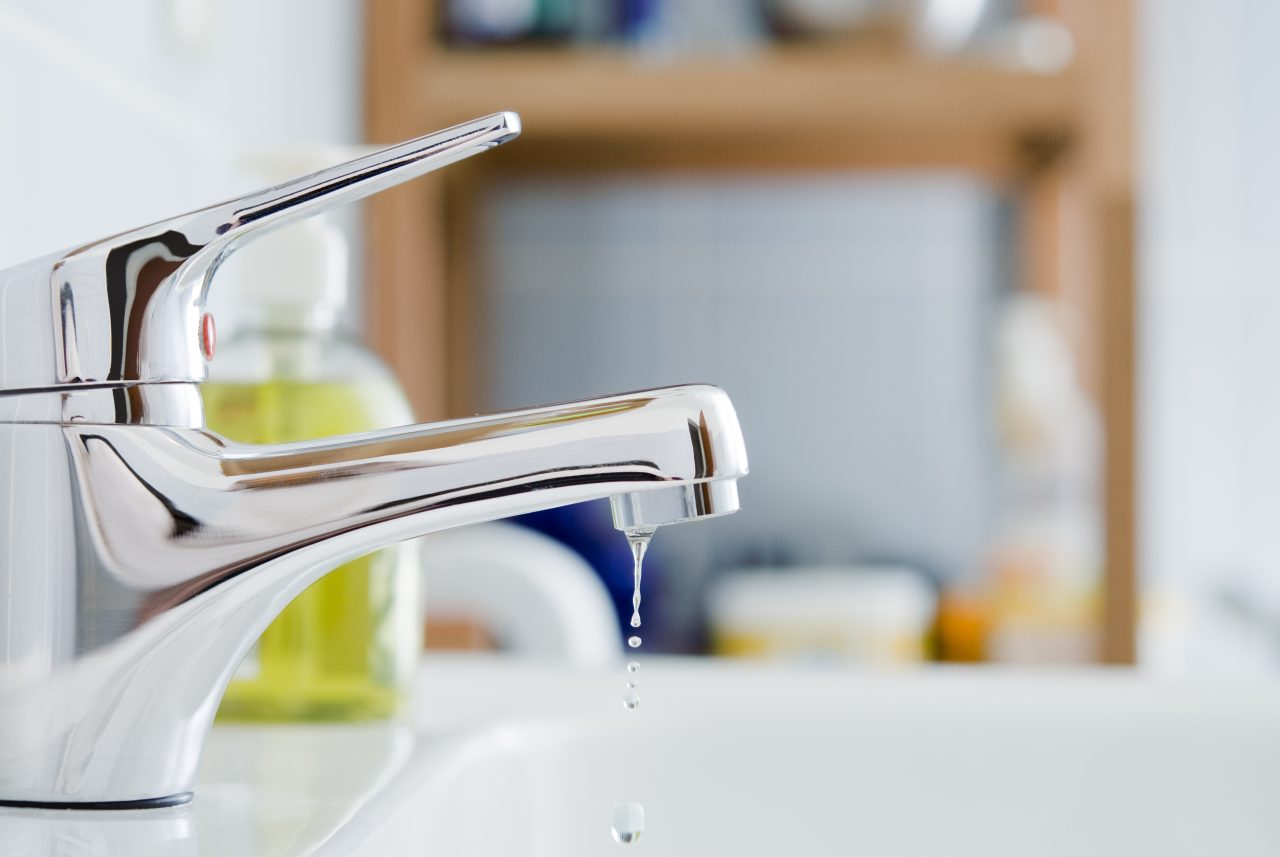
Image: Hunter Water
Also Read: Earth Will Run Out of Water, Are We Still Ignorant?
Wash Vegetables and Fruits in Bowl
Most of us run our fruits and vegetables under the tap to clean them, which doesn’t do the job optimally and wastes a lot of water. So what can you do? Fill the bowl with enough water to wash fresh potatoes, carrots, and fruits instead of letting the tap run. Don’t pour the dirty water on the sink. Recycle it to aerate the plants. This way, you optimize your resources well and save some.
Take 10-Minute Baths
Many of us are guilty of taking long showers when we only need 5-10 minutes to get clean. Any longer than this can dry out and irritate your skin. Limit your bath once daily to avoid stripping away the natural oil that keeps your skin moist. While caring about your skin might be more important, you do not realize how much water you are wasting which could otherwise have brought to better use.
Water the Garden Early in Morning
Native plants are a water saver and an ideal species for a stunning, sustainable landscape. They’re drought-resistant and are likely to survive and thrive under harsh weather conditions. Some, you don’t have to water every day.
However, if you have sensitive greeneries, water them early in the morning. The temperature is cooler, giving the pots enough time to absorb before the sun evaporates the moisture. The next best time is in the late afternoon as the heat eases. When watering using a sprinkle, put it at the center of the lawn or garden for the water to land on the plants, not the gutter.
You can also install a rain barrel to capture rainwater from the roof and have a free supply for the garden, car washing, and outdoor cleaning. You’ll be surprised at how much more money you can save by adding this feature to your home.
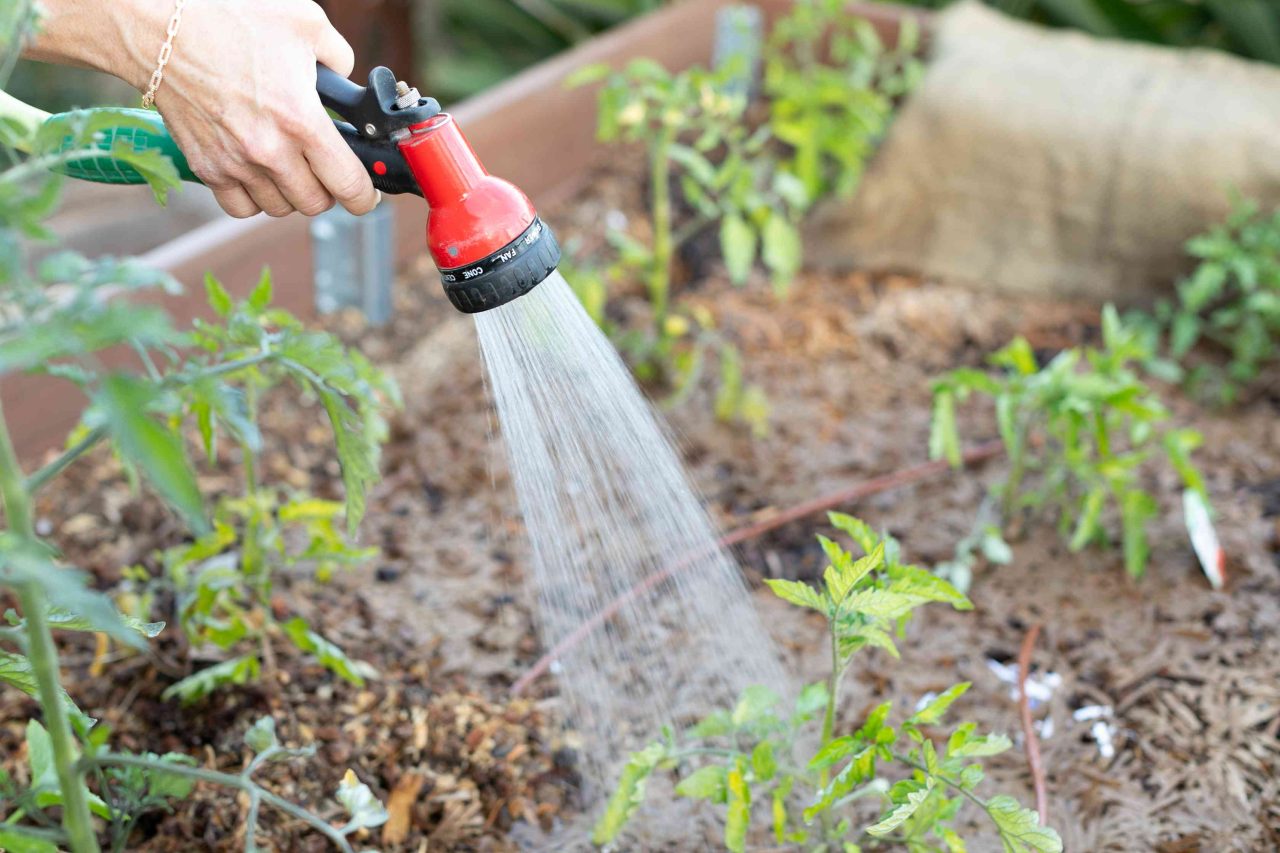
Image: Alandra Chavarria/The Spruce
Install Low-Flow Showerhead
Low-flow showerhead badges have a 2.5 gallons per minute or less flow rate, which stretches your water supply and reduces heat load. Fortunately, replacing an existing high-flow shower head is an easy DIY fix. Make it a weekend project and save hundreds of gallons monthly.
Fill the Tub Halfway
Meanwhile, don’t fill the entire bathtub with water if you plan a soak. Instead, load up halfway through so it doesn’t spill when you get in. Additionally, plug the drain first so you don’t waste any. You can also minimize the bath ritual to once or twice a week to reduce wasting that much water. Directly the bathtub drain to a recycling station to reuse for irrigation is another good idea to save water.
Collect Rainwater
If you have indoor plants, use rainwater instead of a tap to water them. Simply put a bucket out when it rains so you can conserve tap water. While you don’t want to drink or clean with rainwater, it’s perfectly fine to use for plants or a garden. You can also install a rainwater harvesting system that will collect rainwater from roof drains into a tank, which can be used for various purposes.
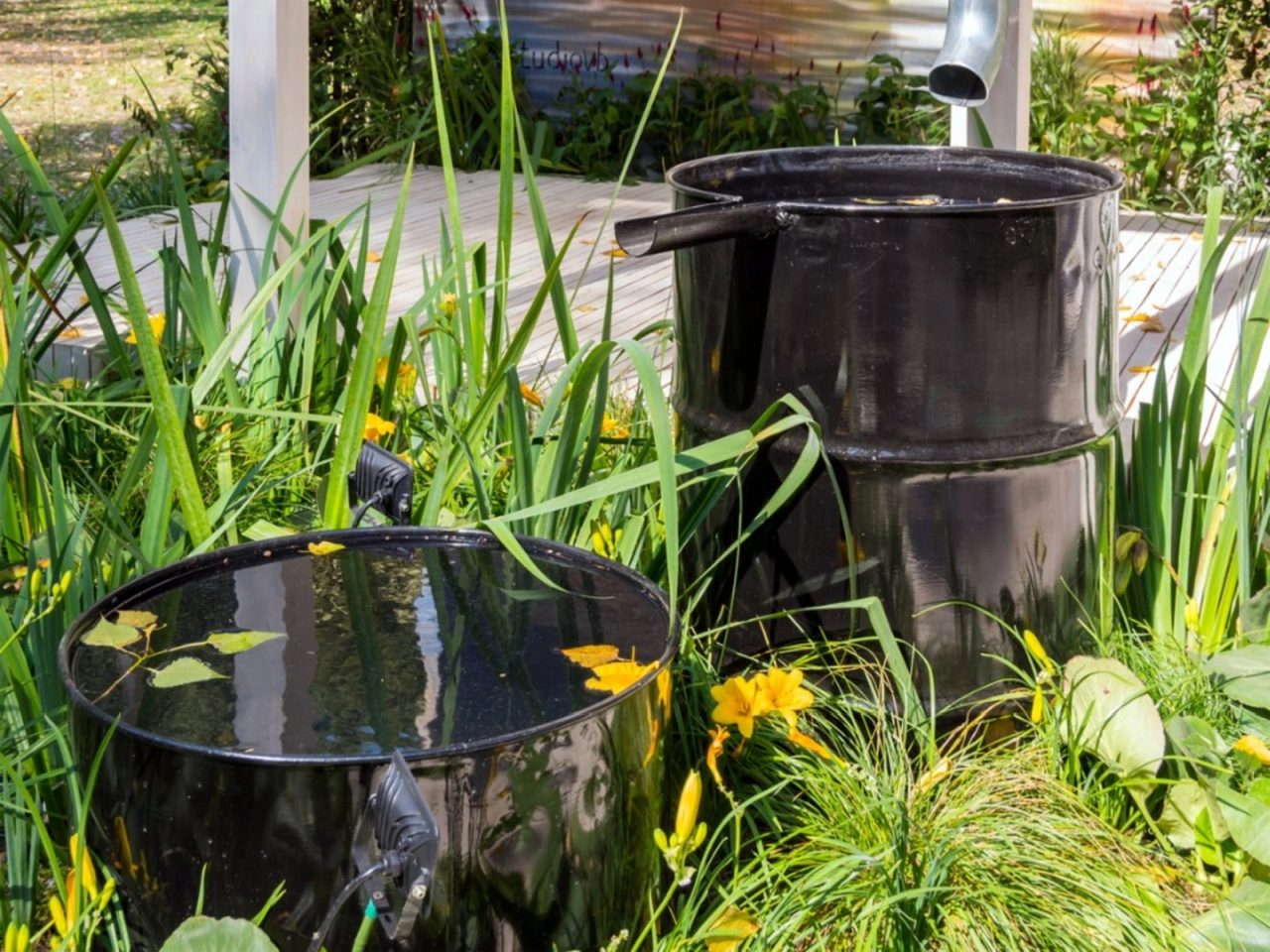
Image: tanyss/Gardening Know How
Also Read: Daunting Tale of Worsening Water Scarcity in the Indian Subcontinent
Turn the Faucet Off
You would be surprised how much water you waste when you leave the faucet running unnecessarily. Make sure to turn it off when doing the following tasks:
- Brushing your teeth: Turn the water on briefly to wet your toothbrush, then turn it off until you need to rinse.
- Shaving: Just like when brushing your teeth, you don’t need the water running while you shave.
- Cleaning: If you’re cleaning the bathroom and need to wet a towel, only turn the faucet on for a second while you do so.
- Washing dishes: When washing dishes by hand, limit turning the water on as much as possible. While scrubbing, make sure the sink is off.
- Cooking: You might need to use the sink while cooking, but be sure to turn it on only when needed.
Be Mindful of Water Use
Water is a limited resource. Nobody knows when it will run out. Try these conservation tips to save on your bill and extend your water supply. By teaching young ones to turn off the tap when not in use, take shorter showers, fix leaky faucets, and recycle used water, you can contribute to and inspire water-saving habits for others. It’s good for your pocket and the environment.
